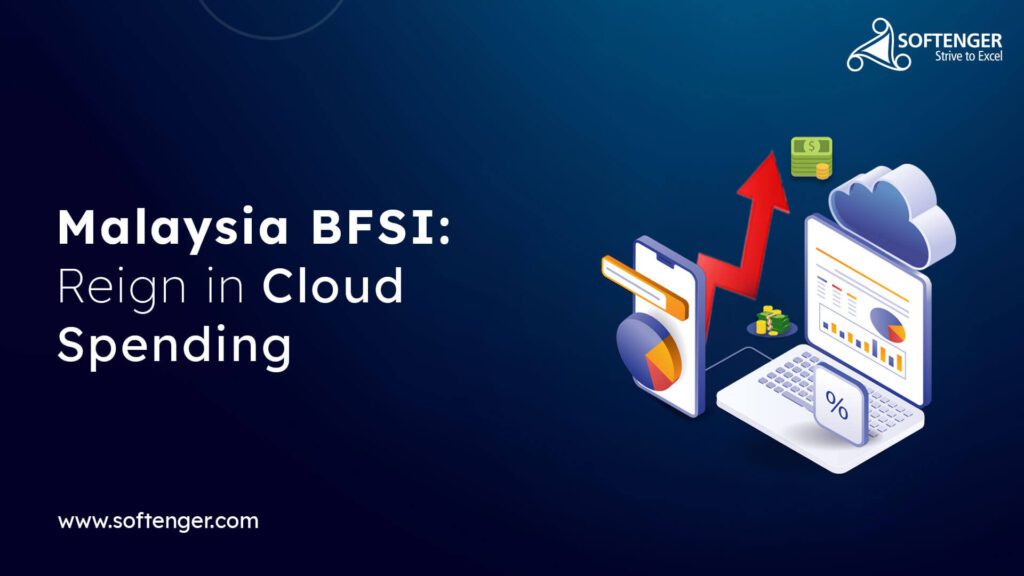Top 5 Core Cloud Security Obstacles Empowring IT Infrastructure with...
Read More

Malaysia’s cloud ecosystem is transforming rapidly—especially in the Banking, Financial Services, and Insurance (BFSI) sector. With AWS investing over MYR 29.2 billion (~USD 6.2 billion) in the Malaysia Region by 2038, local infrastructure is scaling fast.
At the same time, national AI initiatives are pushing IT leaders toward heavier compute and storage use, driven by workloads in fraud detection, credit scoring, and compliance.
For CIOs and Infra Heads, this creates a dual challenge: enable innovation while reining in spiraling cloud costs. This guide explores how Malaysian BFSI firms can meet this challenge using FinOps.
In This Guide:
AWS Malaysia Region: MYR 29.2 billion commitment to cloud infrastructure and talent development. Source »
National AI Strategy: Government and private sector collaborations (like MIMOS) are accelerating compute-heavy workloads.
94% of IT leaders report cloud storage cost increases that now outpace compute spend growth—a reversal from 2022 trends.
These cost-saving tactics are tailored for Malaysian cloud conditions, compliance norms, and regional architecture.
4.1 Tag & Cap AI Workloads
Track usage. Enforce budgets. Control AI cost volatility.
4.2 Rightsize Storage with Archival Policies
Cut 25–40% in S3/Blob storage costs with policy-driven data lifecycle management.
4.3 Region-Aware Auto-Scaling & Routing
How industry leaders reduced cost while maintaining performance and compliance.
Softenger helps BFSI enterprises across Malaysia maximize cloud ROI through:
✅ Our regional FinOps programs help BFSI teams uncover 18–30% cloud savings using automation, tagging, storage rightsizing, and workload routing.
Want to stay ahead of evolving threats?
Our cybersecurity specialists can help fortify your cloud security strategy.
Top 5 Core Cloud Security Obstacles Empowring IT Infrastructure with...
Read MoreAOTS Approach: Client-Centric IT Solutions by Softenger The AOTS Approach...
Read MoreOvercoming Alert Fatigue with Managed SOC Services Recent research from...
Read MoreThreats Outside Business Hours: 24×7 Protection – How SOC Handles...
Read MoreReady to Cut Cloud Costs & Enable Smarter AI?
Home Services IT Infrastructure Streamline Your IT Ecosystem for Maximum...
Read MoreHome Services IT Infrastructure Streamline Your IT Ecosystem for Maximum...
Read MoreSecuring the Future of Utilities: IT/OT Convergence and Cybersecurity for...
Read More